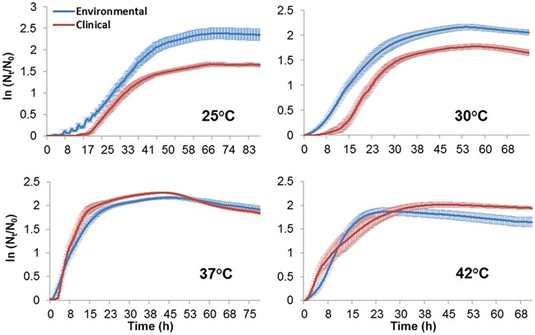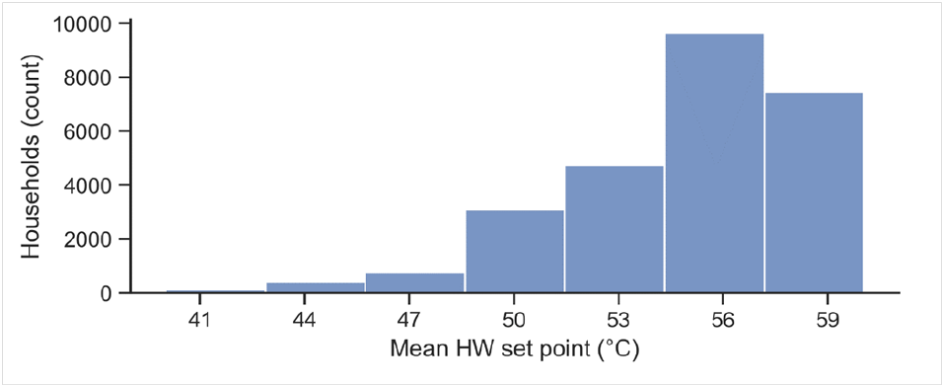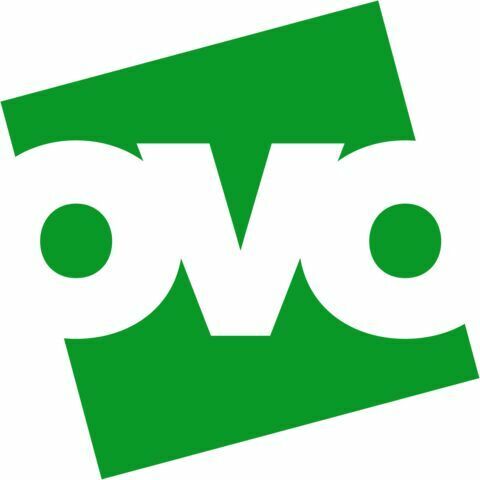I am not a biologist; in fact it is nearly 50 years since I passed my Biology “O” Level. HOWEVER I would like to be re-assured that if I make changes to my heating system I will not compromise my family’s safety and well being.
The following I have gleaned from various sources on the Internet. If you disagree great, but PLEASE supply the basis for your differing view. I’m afraid “a mate down the pub said” will not wash.
What is Legionella?
From the NHS website:
Legionnaires' disease is a lung infection you can get from inhaling droplets of water from things like air conditioning or hot tubs. It's uncommon but it can be very serious.
You can get Legionnaires' disease if you breathe in tiny droplets of water containing bacteria that cause the infection.
It's usually caught in places like hotels, hospitals or offices where the bacteria have got into the water supply. It's less common to catch it at home.
Where does it come from?
From the CDC Website:
Legionella bacteria occur naturally in freshwater environments, like lakes and streams. Generally, the low amounts of these bacteria in freshwater don't lead to disease.
However, Legionella can pose a risk to health when it gets into building water systems and grows (increases in numbers).
How does it grow?
The bacterium is adapted to take advantage of a warm blooded host, so it is not surprising that it likes warm damp environments. Like Goldilocks it likes it not to warm and not too cold, not too acid or alkali, and it like to be left undisturbed.
The Heat Geek provides a much better introduction than I can (and with much better graphics) so have a read of his article.

I found it quite difficult to actual find information on how fast Legionella bacteria can grow. I found two sources. The first links to a no longer available blog.

The second a paper is on researchgate.net

Both seem to point to the bacteria doubling every 8 hours (10 times per day, 1000 times every three days, a million times per week!).
So it is easy to see that a stagnant tank of water, sitting at the ideal temperature (around 40°C) with ample nutrients and the correct ph will become a breeding ground for the bacteria.
Will my low temperature heating make this worse?
Well yes, and no!
There is a belief that in the past we set our hot water cylinders to 60°C and all was fine. However a survey by the Department for Energy security and net zero showed that few installations actually operate at 60°C. So in reality many existing systems could have had problems.

However it should be recognised that fitting a larger cylinder (fewer volume changes per day) filled with cooler water should increase the likelihood of Legionella bacteria growing.
Is there legislation?
Again yes and no. The current legislation applies to industrial and commercial installations but is not strictly applicable to domestic installations.
The building regulations (part G) specify maximum water delivery temperatures to prevent scalding. These limit the delivery water temperature to 60°C or even 48°C.
Is my copper cylinder safer?
Not really. It is true that copper (and silver) ions inhibit and destroy bacteria, but the required ion concentrations are not present in typical copper cylinders or pipe-work. (New) copper pipe is often cited as the best option for pipe-work, however the advantages of copper appear to result from the smooth nature of the pipe-work and not its bactericide properties. After a few years the build up of oxide or calcification removes copper’s initial advantages.
Should I use a pasteurisation cycle?
Advantages: Resets (most) of the cylinder contents to sterile. Remember that the coil and/or immersion heater doesn’t reach to the bottom of the cylinder. A 200l cylinder may only have 180l of usable hot water; the remainder sits below the coil/immersion.
Disadvantage: One day a week you get really hot water.
Don’t forget that if the turnover of hot water is small, bacteria will still grow (from a lower starting point?) throughout the period between pasteurisation cycles.
Should I worry about my Combi boiler?
Not really. The stored hot water volume in a combi boiler is tiny by comparison and is basically flushed through every time you run any hot water.
What’s the answer?
Sorry I don’t have one!
Heat stores seem to be one solution, since they have small delivery volumes and hence rapid water turn-over and flushing. BUT to achieve satisfactory performance many stores needs to operate at around 70°C, so there wasn’t an issue anyway!
Sizing hot water cylinders to match daily demand would ensure frequent flushing of the cylinder, but regulations seem to require cylinders to be sized for the property and potential occupants rather than the actual occupants. So empty nesters and retirees are often persuaded to have much larger cylinders than they actually need.
The Heat Geek mini store seems to offer one option, but I would like to see a larger version and more “scientific” tests.




